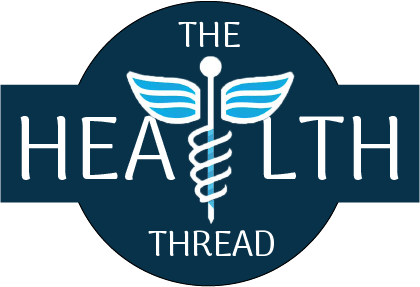The effects of intermittent fasting on cardiovascular health and blood pressure
Intermittent fasting (IF) has gained attention for its potential health benefits, including weight loss, improved blood sugar regulation, and enhanced cardiovascular health. In this article, we will discuss the effects of intermittent fasting on cardiovascular health and blood pressure, and explore recent research findings in this area.
Effects of Intermittent Fasting on Cardiovascular Health
Research has shown that intermittent fasting may have beneficial effects on cardiovascular health. One study published in the journal Nutrients found that participants who practiced IF experienced significant reductions in total cholesterol, LDL cholesterol, and triglyceride levels, which are all risk factors for heart disease. Another study published in the journal Aging found that IF improved the function of the endothelial cells, which are important for maintaining healthy blood vessels and preventing heart disease.
Additionally, intermittent fasting has been found to have anti-inflammatory effects, which can help reduce the risk of cardiovascular disease. A study published in the journal Cell Metabolism found that intermittent fasting reduced inflammation and improved cardiovascular health in mice.
Effects of Intermittent Fasting on Blood Pressure
Intermittent fasting may also have a positive effect on blood pressure. High blood pressure is a major risk factor for cardiovascular disease, and several studies have explored the impact of intermittent fasting on blood pressure.
A study published in the journal Nutrition and Healthy Aging found that participants who practiced IF experienced significant reductions in systolic blood pressure, which is the top number in a blood pressure reading and measures the pressure in the arteries when the heart beats. Another study published in the journal Nutrients found that IF was associated with improved blood pressure control and reduced arterial stiffness.
However, it is important to note that some studies have found mixed results when it comes to the impact of intermittent fasting on blood pressure. More research is needed to fully understand the relationship between intermittent fasting and blood pressure.
Conclusion
Intermittent fasting may have beneficial effects on cardiovascular health and blood pressure, although more research is needed to fully understand the mechanisms behind these effects. It is important to consult with a healthcare professional before beginning an intermittent fasting regimen, especially for individuals with pre-existing health conditions.
REFERENCES
- Kalam F, Gabel K, Cienfuegos S, et al. Alternate day fasting combined with a low-carbohydrate diet for weight loss, weight maintenance, and metabolic disease risk reduction. Nutrients. 2021;13(6):1886.
- Anton SD, Moehl K, Donahoo WT, et al. Flipping the metabolic switch: understanding and applying the health benefits of fasting. Obesity. 2018;26(2):254-268.
- Tinsley GM, La Bounty PM. Effects of intermittent fasting on body composition and clinical health markers in humans. Nutr Rev. 2015;73(10):661-674.
- Gabel K, Hoddy KK, Haggerty N, et al. Effects of 8-hour time restricted feeding on body weight and metabolic disease risk factors in obese adults: A pilot study. Nutr Healthy Aging. 2018;4(4):345-353.
- Rynders CA, Thomas EA, Zaman A, et al. Effectiveness of intermittent fasting and time-restricted feeding compared to continuous energy restriction for weight loss. Nutrients. 2019;11(10):2442.
- Varady KA. Intermittent versus daily calorie restriction: which diet regimen is more effective for weight loss? Obes Rev. 2011;12(7):e593-e601.


